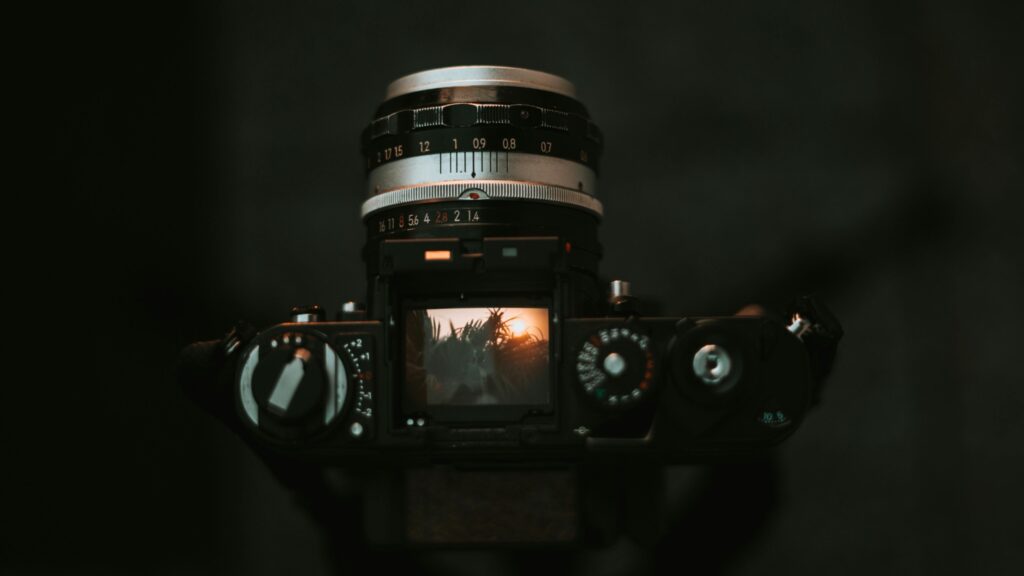Photography is a lifelong learning experience. Even the best of the best will tell you that they still have much to learn. This is, perhaps, doubly so in the digital era where new ideas and techniques are constantly evolving. If you are just starting out in photography, all this information can seem overwhelming. So, today, we are going to take a look at ten everyday, very simple techniques to improve your images.
1. Understand Autofocus
Probably the biggest demotivator to a new photographer is getting home to find that their images are either out of focus or not focused in the right place. Take a little time to practice how your autofocus works, one of the best ways to do this is to use the single point focus mode rather than area focus. This allows you to assign a single focusing point in your viewfinder which you can then place on your subject. Learn also how to focus and recompose the image by keeping the shutter button half pressed.
2. Use Your Viewfinder
The problem with viewfinders is that they can give us tunnel vision. We look directly at the central part of the scene to the detriment of the outer edges. Start to take your eye to each edge of the frame, top, bottom left and right to analyse your composition and spot anything that will ruin the shot.

Understanding your viewfinder is as important now as it was in the film era. Photo by 55Laney69
3. Keep it Straight
Following on from getting to grips with your viewfinder is keeping the horizons straight. This is another common error for the new photographer and so easily correctable in camera. Most cameras these days either allow you to show a grid inside the viewfinder or even better will have a digital spirit level that will show you the attitude of your camera relative to the horizon. Practice with these and you will soon control those wonky seascapes.
4. Stay Steady
Another common problem for newcomers is camera shake. This occurs because the shutter speed is to low compared to your ability to hold the camera steady. The obvious answer is to increase the shutter speed, but this may require an increase in ISO. Another solution is simply learning how to hold a camera correctly and to use the correct stance. Make sure that you tuck your elbows into your sides and adopt a firm footing but stay relaxed on the shutter. There are many tutorials on the best way to keep steady.

Learn how to stay steady for your shots. Photo by Riley Kaminer
5. Learn to Read the Histogram
Whilst at first glance you camera’s histogram might seem daunting, in reality they are quite simple. Even more though is that they provide all the information that you need to understand exposure. Take a look at the many tutorials that will tell you about the histogram but as a rule of thumb, if the graph is spilling over to the right side, you are over-exposing, off to the left you are under-exposing.

The histogram is actually pretty easy to understand. Photo by Emil Oberg
6. Exposure Compensation
Once you know the histogram, there is an excellent and very quick way to way to adjust your exposure. The exposure compensation dial. Using this, you can adjust your exposure up or down in half or full stops. Depending on which exposure mode you are using it will adjust either the aperture or the shutter speed or both.
7. Learn to Read the Light
Light is the single most important thing in photography. Understanding it is key to getting the very best out of your images. When you look at a scene in front of you, look not only at the light and shade but also the contrast in that light and shade. In the middle of the day, that contrast is going to be very high leading to harsh flat looking images. Also check how the light is falling on your subject, is it causing an unsightly shadow or does it enhance the look of your subject?

Understand how the light will change a scene. Photo by Jason Row Photography
8. Learn Basic Composition
Composition is something that is defined by rules but those rules are more like guidelines. They can be broken. However, understanding the basics of composition is one of the quickest ways to getting better shots. Start by understanding the rule of thirds and leading lines. These are two of the more important rules.
9. Change Your Viewpoint
Whilst many new photographers dart around left and right, forwards and backwards to get the right shot, very few of them go up or down. Moving to a low position is a great way of finding leading lines to draw your viewer to the subject whilst, getting a higher viewpoint can bring a new more dynamic perspective on a shot.

Changing your viewpoint can dramatically change a composition. Photo by Jason Row Photography
10. Upload Quickly
Lastly, one thing newer photographers tend to do, is keep their images on the memory cards and upload them to their computer sporadically. Get into the mindset of always transferring shots to your computer when you return from a shoot. This will keep them safe and enable you to caption and keyword them while they are still fresh in your memory.
There are many simple ways to move your photography on. This are just a few but each one can make a big improvement to your photography.





2 Comments
Fantastic concise article for newby photographers. ALL very relevant information and spot-on. Well done!
I’m liking this very much. Nice and simple for us amatures 🙂